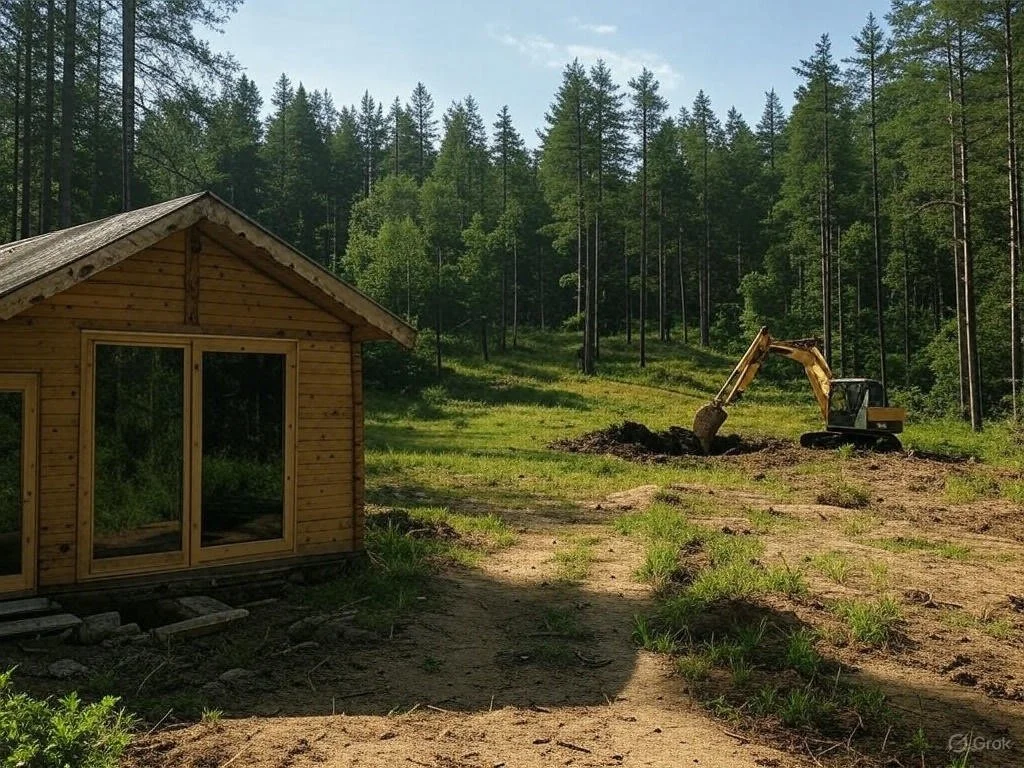The Process
Onsite Consultation
The first step in the process is an onsite meeting (called a Site and Soil or soil profile inspection) with the Consultant, an excavator and the local regulatory agency. During the Site and Soil, we will dig several test holes to determine the type of septic system your parcel will need based on soil morphology, terrain, and your local regulations. Based on the report, your local jurisdiction will determine if the parcel can support a standard septic system or if an alternative or special design system is required.
septic design
Utilizing the data and parameters from the Site and Soils report, customized septic plans will be drafted up, tailored to the needs of your specific parcel.
The septic plan proposal will then be submitted to your local regulatory agency for approval and permit issuance. Once they issue your permit, your septic contractor can begin installation of the new septic system.
installation inspections
and
system certification
As the septic contractor puts in the new system, construction inspections are conducted by the local jurisdiction and the Consultant at several stages of the installation. This ensures that the system is being installed to the approved specifications and protects your investment in this essential infrastructure.
After construction on the system has been completed as specified, the final documents for the certification of the system are submitted by the Consultant to your local jurisdiction to finalize the permit.
Ongoing Maintenance
Septic systems use living, biological processes to treat wastewater, and as such require attention and upkeep.
Some jurisdictions require alternative treatment systems to have a maintenance contract in place with a Qualified Service Provider in order to monitor the treatment system.
Often, manufacturers also require a maintenance contract in order to maintain the warranty of the installed equipment.
More information on maintenance and monitoring can be found on the Resources page.






